The Automotive Airbag Parts Market is currently characterized by a dynamic competitive landscape, driven by technological advancements and increasing safety regulations. Key players such as Autoliv (Sweden), Takata (Japan), and ZF Friedrichshafen (Germany) are at the forefront, each adopting distinct strategies to enhance their market positioning. Autoliv (Sweden) focuses on innovation in airbag technology, particularly in developing smart airbags that adapt to the severity of collisions. Meanwhile, Takata (Japan), despite its past challenges, appears to be revitalizing its brand through strategic partnerships aimed at enhancing product safety and reliability. ZF Friedrichshafen (Germany) emphasizes regional expansion, particularly in emerging markets, to capitalize on the growing demand for automotive safety features. Collectively, these strategies contribute to a competitive environment that is increasingly centered on technological innovation and safety compliance.
In terms of business tactics, companies are localizing manufacturing to reduce costs and enhance supply chain efficiency. This approach is particularly evident in the Automotive Airbag Parts Market, which is moderately fragmented, with several players vying for market share. The collective influence of key players is significant, as they not only drive innovation but also set industry standards that smaller competitors must follow. The focus on supply chain optimization is critical, especially in light of recent disruptions, prompting companies to reassess their operational frameworks.
In August 2025, Autoliv (Sweden) announced a partnership with a leading tech firm to develop AI-driven airbag systems that can predict collision scenarios. This strategic move is likely to position Autoliv as a pioneer in integrating artificial intelligence into safety systems, potentially enhancing vehicle safety and reducing fatalities. The collaboration underscores the growing trend of merging automotive safety with cutting-edge technology, which could redefine industry standards.
In September 2025, ZF Friedrichshafen (Germany) unveiled a new manufacturing facility in Southeast Asia, aimed at increasing production capacity for airbag components. This expansion is strategically significant as it allows ZF to tap into the burgeoning automotive market in the region, aligning with the global shift towards localized production. The facility is expected to enhance supply chain resilience and reduce lead times, thereby improving ZF's competitive edge.
In October 2025, Takata (Japan) launched a new line of environmentally friendly airbag materials, reflecting a growing emphasis on sustainability within the automotive sector. This initiative not only addresses regulatory pressures but also aligns with consumer preferences for greener products. By prioritizing sustainable practices, Takata is likely to enhance its brand reputation and appeal to environmentally conscious consumers, which could be a decisive factor in future market success.
As of October 2025, the Automotive Airbag Parts Market is witnessing trends that emphasize digitalization, sustainability, and the integration of advanced technologies such as AI. Strategic alliances are increasingly shaping the competitive landscape, enabling companies to leverage shared expertise and resources. Looking ahead, competitive differentiation is expected to evolve, with a pronounced shift from price-based competition to a focus on innovation, technological advancements, and supply chain reliability. This transition may redefine how companies position themselves in the market, ultimately enhancing consumer safety and satisfaction.


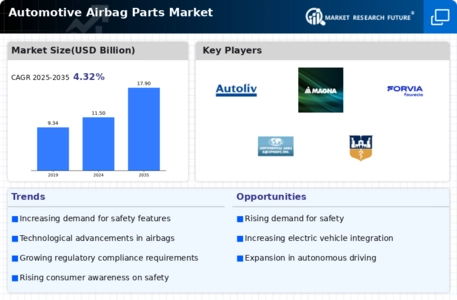
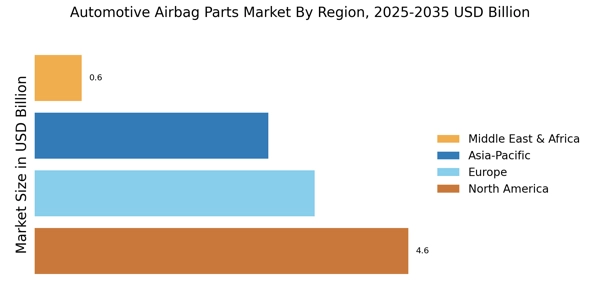
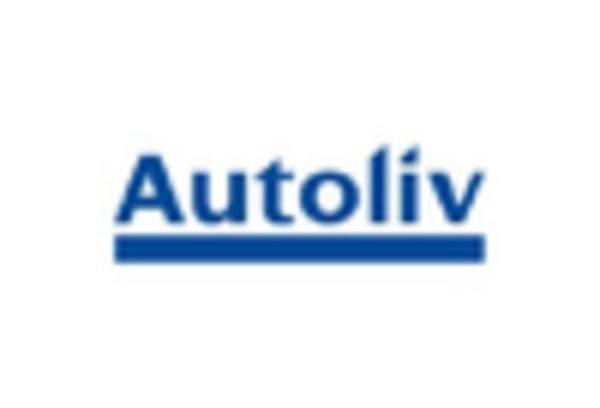


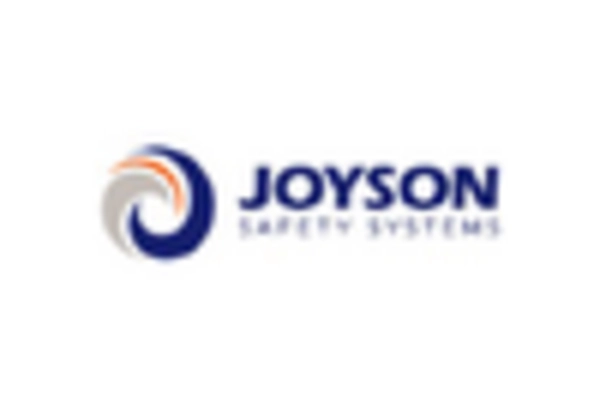

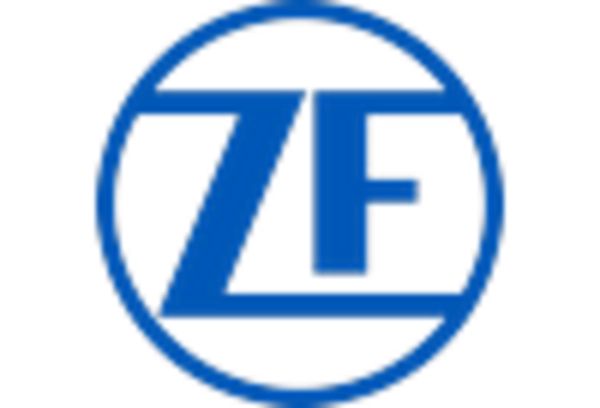








Leave a Comment